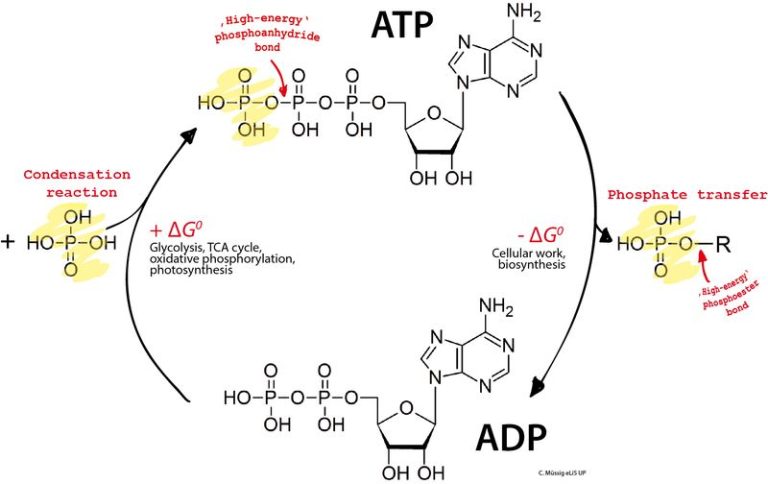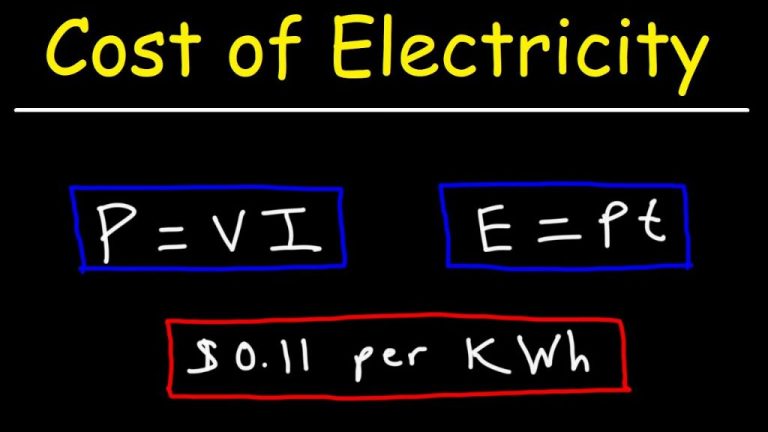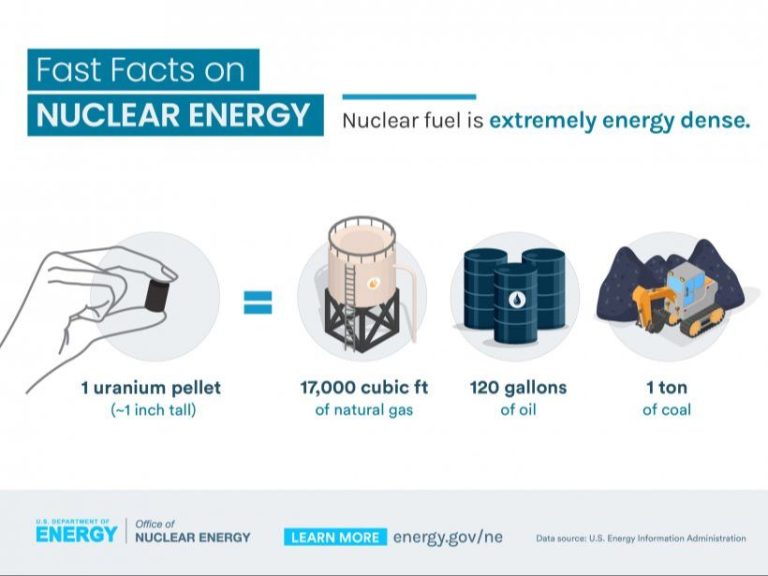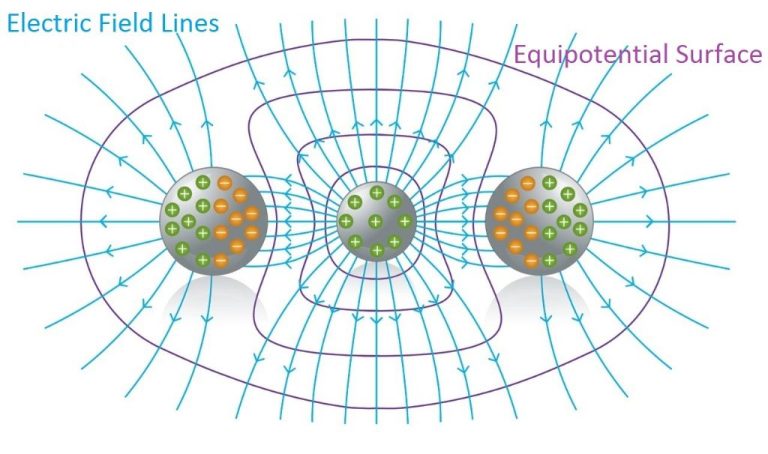What Causes Electric Power?
Electricity powers our modern world. From lighting our homes to powering our appliances and gadgets, we rely on electric power for everyday life. Electricity generation involves converting different forms of energy into electrical energy. The main sources for generating electricity around the world include:
- Fossil fuels like coal, oil, and natural gas
- Nuclear power from nuclear fission reactions
- Hydropower from flowing water
- Wind power
- Solar power from sunlight
- Geothermal power from the Earth’s internal heat
- Biomass from plant materials and waste
- Hydrogen fuel cells
This article explores how each of these sources is used to generate electricity to power the modern electric grid and our daily lives.
Fossil Fuels
Fossil fuels like coal, oil and natural gas are one of the primary ways we generate electricity around the world. These energy sources formed underground over millions of years from dead plants and animals that decayed and were compressed under intense heat and pressure. Fossil fuels are called “non-renewable” energy sources because they take so long to form that we can’t replace them as quickly as we use them.
Coal is a combustible black or brownish-black rock that is mined from the earth. When coal is burned, it produces heat that is used to convert water into steam. The steam then spins turbines to generate electricity. Coal is the largest source of electricity worldwide, providing about 37% of the world’s power. However, burning coal produces large amounts of carbon dioxide, sulfur dioxide and other pollutants that contribute to climate change and acid rain.
Oil is a liquid fossil fuel that is found underground in rock formations and extracted through drilling. Crude oil is refined to produce petroleum products like gasoline, diesel and heating oils. Some power plants burn oil to produce electricity, especially in areas where oil is abundant. However, oil represents a small share of overall electricity generation. When oil is burned for power, it releases emissions including carbon dioxide, nitrogen oxides and sulfur dioxide.
Natural gas is a hydrocarbon gas mixture composed mainly of methane. It is colorless and odorless in its pure form. Natural gas is found in underground deposits and extracted by drilling. It can be burned to spin turbines and generate electricity. Natural gas emits 50-60% less carbon dioxide than coal when combusted. It has become an increasingly popular fuel source for electricity due to its domestic abundance and fewer emissions compared to coal and oil. Approximately 37% of U.S. electricity was powered by natural gas in 2019.
Nuclear Energy
Nuclear energy comes from the splitting of uranium atoms in a process called nuclear fission. Uranium is a radioactive element that is found in nature. When uranium atoms are hit with neutrons, they split apart into smaller atoms, releasing a large amount of heat in the process.
Nuclear power plants harness this heat energy to produce electricity. Inside the power plant, uranium fuel is assembled into fuel rods and submerged in water inside a reactor core. When the uranium atoms split apart, the kinetic energy released heats the water, creating steam. This steam then drives turbines which spin a generator to produce electricity. Control rods are used to absorb neutrons and regulate the rate of the nuclear reaction.
Overall, nuclear fission generates heat through the splitting of atomic nuclei, and this heat is used to convert water into steam that drives electric turbines. This allows nuclear power plants to generate reliable baseload electricity without producing any greenhouse gas emissions during operation.
Hydropower
Hydropower is another major source of renewable energy. It relies on flowing water to spin turbines and generate electricity. Hydropower is produced at hydroelectric dams, which use the force of falling or fast-flowing water to drive turbines. The kinetic energy from the flowing water turns the turbine blades, which spin a generator to create electricity.
Hydroelectric dams are built on rivers to capture the energy of the flowing water. Dams help to control water flow and reservoir levels so that electricity can be produced consistently. The reservoir behind the dam stores potential energy in the form of water held at an elevated level. When the water is released through the dam, it flows through intake gates and pipelines that direct it to turn the blades of the turbine generators. The amount of electricity that can be generated depends on the volume of water flow and the vertical distance the water falls. In general, dams with greater “hydraulic head” (the vertical distance water falls) can produce more power.
Hydropower is a renewable source of energy since it relies on the water cycle. The sun powers the water cycle through evaporation, and water is continuously renewed through precipitation. Hydropower is also flexible, reliable, and produces no direct waste or emissions. However, constructing large dams can impact local ecosystems and communities. But overall, hydropower remains one of the leading renewable energy sources worldwide, accounting for around 16% of global electricity production.
Wind Power
Wind power harnesses the kinetic energy of wind to generate electricity. Wind turns the blades of wind turbines, which spin a shaft connected to a generator that converts the mechanical power into electrical power. The amount of electricity produced depends on the turbine’s size and the wind’s speed.
Wind first spins the blades of the wind turbine, which are attached to a rotor. As the rotor spins, it turns an electrical generator. This generator uses electromagnetic induction to convert the mechanical power of the spinning rotor into electrical power. The generator is connected to a turbine controller, which monitors the generator’s performance and connects to the utility grid.
The speed of the rotor’s spin is directly correlated to the speed of the wind. The more wind that hits the turbine blades, the faster the rotor spins. Typical wind speeds for utility-scale turbines range from about 7 to 55 mph. At a wind speed of around 30 mph, a typical wind turbine will generate its maximum rated power.
The kinetic energy of the spinning blades gets converted into electricity and is fed into the utility grid. When wind speeds are too low or too high, turbines may be shut down or feathered to avoid damage. Overall, the spinning blades allow turbines to capture the wind’s kinetic energy and convert it into carbon-free, renewable electricity.
Solar Power
Solar power is an increasingly important source of renewable energy that harnesses the sun’s energy and converts it into electricity. There are two main types of technologies used: solar photovoltaic (PV) panels and solar thermal plants.
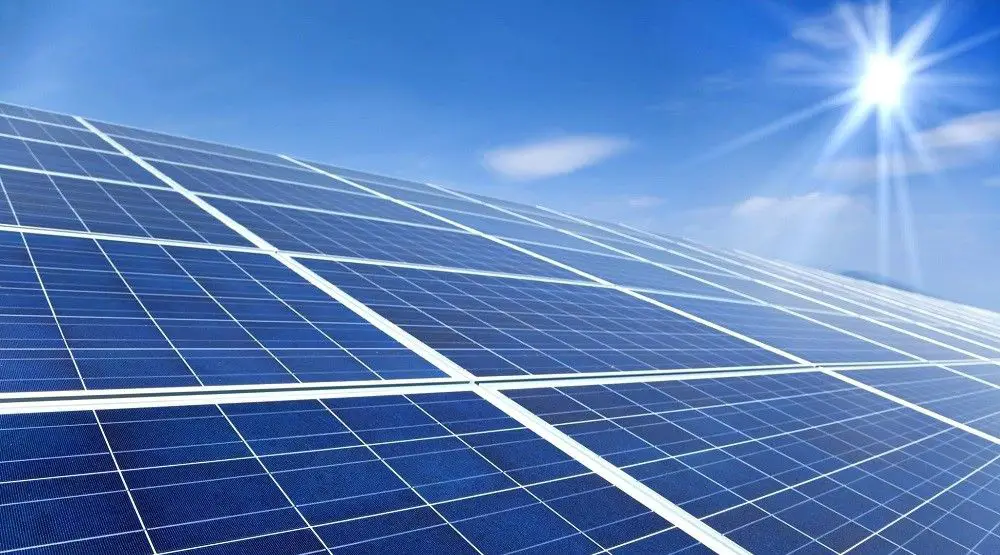
Solar PV panels consist of solar cells made from materials like silicon that directly convert sunlight into electricity through the photovoltaic effect. Arrays of solar panels are mounted on rooftops, ground-mounted fixtures, or integrated into building materials. As sunlight hits the panels, electromagnetic radiation is absorbed by the solar cells, which frees electrons and creates an electric current. The electricity generated can then be used to power homes, businesses, and energy grids.
At utility-scale, solar thermal power plants use mirrors to concentrate sunlight that heats up a fluid like oil or molten salt. The high-temperature heat is then used to drive a generator that produces electricity. There are different configurations like parabolic troughs, solar towers, and solar dishes. Solar thermal plants can also incorporate heat storage, allowing energy to continue being extracted after sunset.
Solar power offers a clean and renewable alternative to burning fossil fuels. It can help reduce greenhouse gas emissions and reliance on finite resources. With photovoltaic panel costs declining and efficiency improving, solar energy capacity continues to expand around the world.
Geothermal
Geothermal energy utilizes heat from inside the earth to generate electricity. The earth’s core is extremely hot, reaching temperatures of over 4,000°C. This heat is retained and continuously generated by the slow decay of radioactive particles, like uranium and thorium, in the earth’s core. As depth below the earth’s surface increases, so does temperature. In some areas, this heat rises close enough to the surface that it can be tapped and used to generate electricity.
To harness geothermal energy, wells are drilled 1-2 miles deep into areas with hot underground reservoirs. The hot water or steam from these reservoirs rises to the surface and powers a turbine connected to a generator, which produces electricity. After being used, the geothermally heated water is returned to the reservoir through an injection well. High temperature reservoirs are used for electricity generation, while lower temperature reservoirs can be used directly for heating buildings, greenhouses, fish farms and other applications.
Geothermal power plants generally have low emissions because they do not burn fossil fuels. However, they can release greenhouse gases trapped underground, as well as hydrogen sulfide. Geothermal energy is considered renewable and sustainable when the rate at which heat is extracted does not exceed the rate at which heat is naturally replenished in the reservoir. With appropriate management, geothermal resources can provide power for many generations.
Biomass
Biomass is organic material that comes from plants and animals. It is a renewable energy source based on the carbon cycle, unlike fossil fuels. The most common type of biomass used for electricity generation is plant-based material such as wood.
To produce electricity from biomass, the plant matter is burned to heat water, which creates steam. This steam then spins turbines to generate power. For example, wood pellet biomass plants burn wood pellets in a combustion chamber. The heat from the burning pellets converts water to steam in tubes throughout the combustion chamber. This steam is then directed through a steam turbine, causing it to spin. The spinning turbine turns a generator, which produces electricity.
The use of biomass can be carbon neutral because the plant matter absorbs carbon dioxide as it grows. When it is burned, it releases the same amount of carbon dioxide. This makes biomass a renewable and sustainable energy source. However, there can be some carbon emissions from collecting, preparing and transporting the biomass. Overall, biomass remains one of the lowest carbon energy sources available.
Hydrogen Fuel Cells
Hydrogen fuel cells have emerged as a promising technology for generating clean electricity. Fuel cells use an electrochemical reaction, not combustion, to produce power. This makes them more efficient and environmentally-friendly than traditional power plants.
In a fuel cell, hydrogen and oxygen are combined to generate electricity, heat, and water. The only byproduct is water, so there are no greenhouse gas emissions. Fuel cells can provide power for anything from small electronics up to entire buildings and vehicles.
One of the major advantages of fuel cells is their high efficiency. Traditional combustion generators are limited by thermodynamic laws to efficiencies of about 30-40%. Well-designed fuel cells can achieve efficiencies over 60% and even up to 80% in cogeneration schemes using waste heat. This makes fuel cells uniquely well-suited for small-scale distributed power generation.
Fuel cells can serve as a bridge to the renewable energy future. The hydrogen can be produced from renewable sources like solar and wind instead of natural gas. This gives us a way to store energy from intermittent renewables for on-demand use. Hydrogen can also facilitate the electrification of sectors like heavy transport and industry.
Significant work is still needed to reduce costs and improve durability before hydrogen fuel cells are economical for large-scale deployment. But they represent an extremely promising clean technology that could one day play a major role in decarbonizing our electric grid. Their high efficiency and fuel flexibility make them a potentially indispensable tool for enabling a carbon-free energy system.
Conclusion
Electric power generation comes from a variety of sources. Fossil fuels like coal, oil and natural gas have historically been the dominant sources of electric power. However, concerns over pollution, sustainability and climate change have led to growth in renewable sources like solar, wind, hydropower and geothermal. Nuclear power offers a carbon-free baseload source of electricity, but faces issues around radioactive waste disposal and safety. No single power source is a panacea – the best approach combines multiple sources to provide reliable, affordable and environmentally responsible electricity. As technology improves, the ideal mix of generation sources will evolve. But the overarching goal remains providing abundant clean electricity to support human development.

